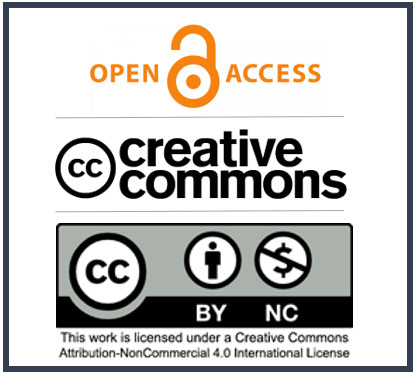Antibacterial Efficacy of Chlorhexidine in Endodontic Treatments: A Systematic Review of Recent Evidence on Biofilm Inhibition and Clinical Outcomes
DOI:
https://doi.org/10.5281/zenodo.14948022Keywords:
antibiotics,, Chlorhexidine, Endodontic irrigant, Endodontic treatment, Systematic ReviewAbstract
Objectives: This systematic review aims to evaluate the recent evidence on the antibacterial efficacy, biofilm inhibition, and clinical outcomes of chlorhexidine (CHX) in endodontic treatments. Recognized for its potent antimicrobial properties and minimal toxicity, CHX is widely utilized as an irrigant, yet its clinical benefits and potential cytotoxic effects require further exploration.
Materials and Methods: Following PRISMA guidelines, a comprehensive search was conducted in PubMed, focusing on studies published within the last three years. Nineteen studies meeting the inclusion criteria were analyzed. Data on CHX concentrations, application methods, and clinical outcomes were extracted, and the findings were categorized based on diagnoses, concentrations used, and effects observed.
Results: Among the included studies, 63% investigated CHX as a standalone irrigant, while 37% assessed its combination with other solutions. The most commonly used concentration was 2%, demonstrating significant efficacy in reducing bacterial loads and inflammatory markers, particularly in apical and asymptomatic apical periodontitis. As a final irrigant, CHX effectively reduced E. faecalis and lipopolysaccharide levels, promoting periapical healing. However, 0.12% CHX showed limited efficacy and cytotoxic effects, especially on periodontal ligament fibroblasts. Studies highlighted concerns about cytotoxicity and tissue solubility, emphasizing the importance of concentration optimization.
Conclusion: Chlorhexidine, especially at a 2% concentration, is effective in endodontic treatments, offering antimicrobial and anti-inflammatory benefits. Careful application protocols are essential to minimize cytotoxic risks. Further research is needed to refine its clinical use and establish standardized guidelines.

Downloads
Published
How to Cite
Issue
Section
License
Copyright (c) 2025 Ilma Robo, Manola Kelmendi, Saimir Heta, Vera Ostreni, Kristi Sulanjaku, Nevila Alliu

This work is licensed under a Creative Commons Attribution-NonCommercial 4.0 International License.
CC Attribution-NonCommercial 4.0








